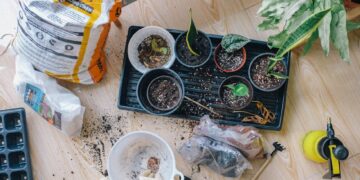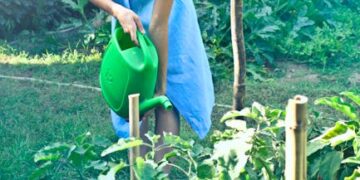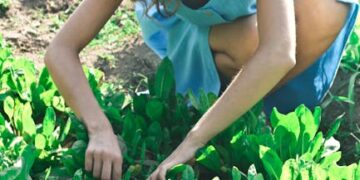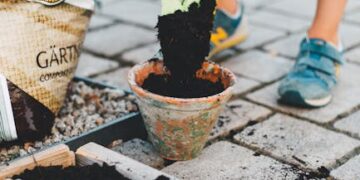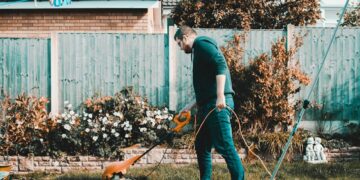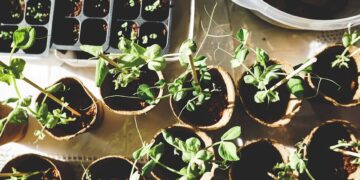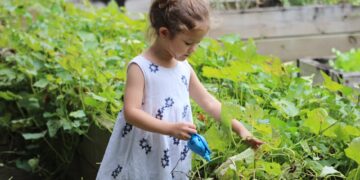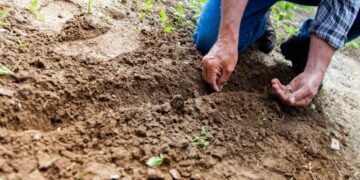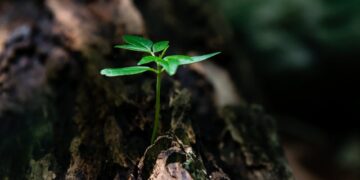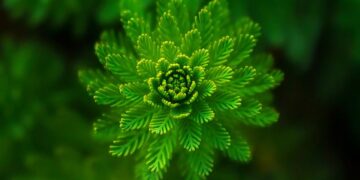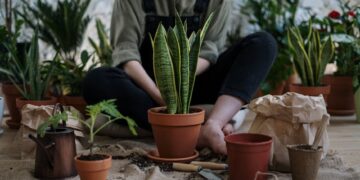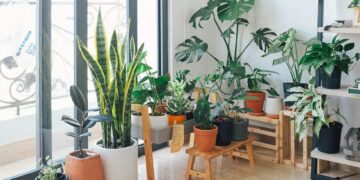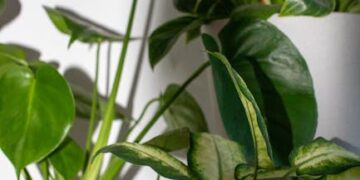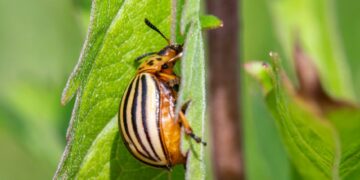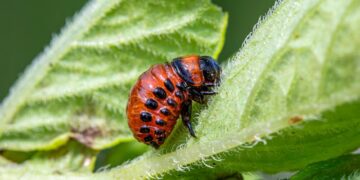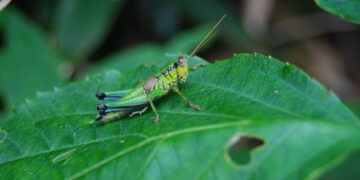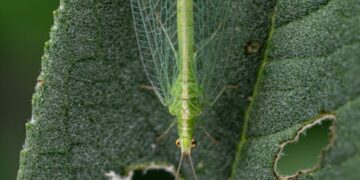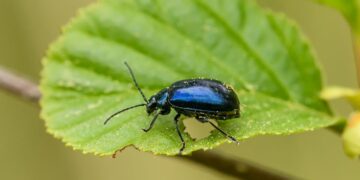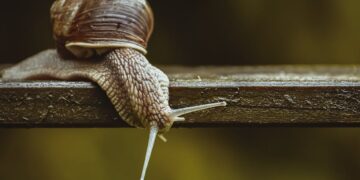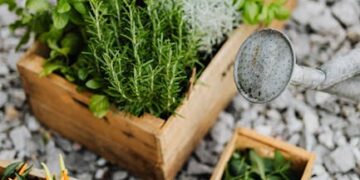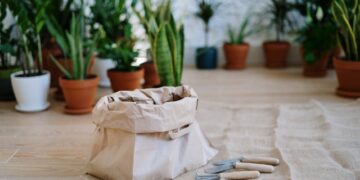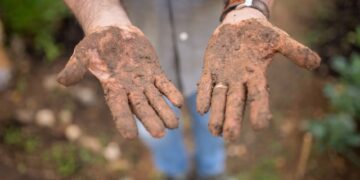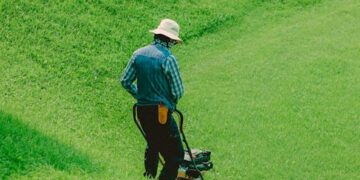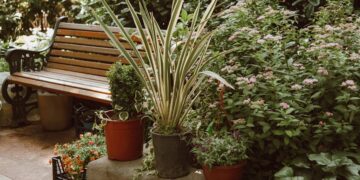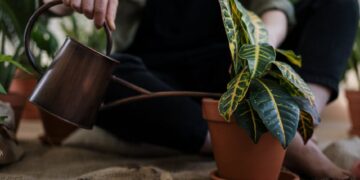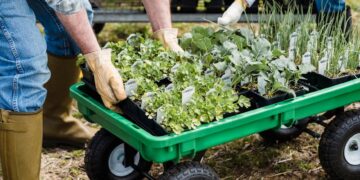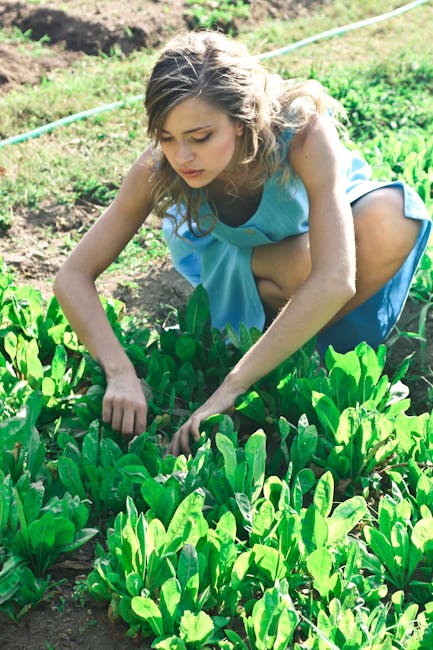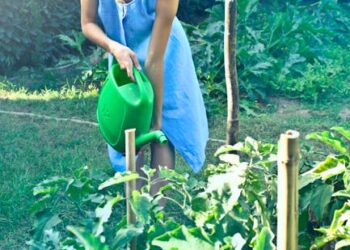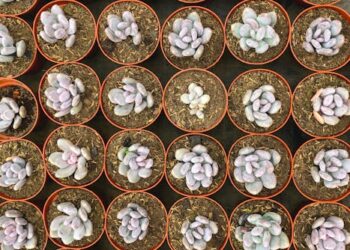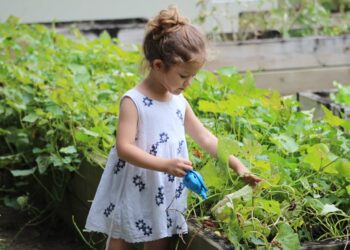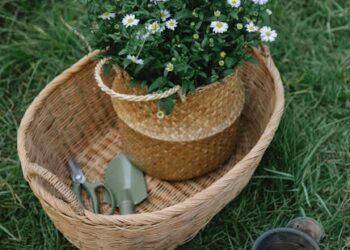Efficient Gardening: Maximizing Resources for Your Green Space
Gardening is a beloved hobby and a practical way to produce fresh fruits, vegetables, and beautiful flowers. However, not every aspiring gardener has vast resources in terms of space, time, or budget. In this article, we’ll dive into the world of resource-efficient gardening, exploring techniques and strategies that help you maximize your results while minimizing waste and expenses.
Understanding Resource-Efficient Gardening
Resource-efficient gardening focuses on using fewer inputs — such as water, fertilizers, and energy — to achieve sustainable and productive gardens. Whether you’re working with a small balcony or a large backyard, these practices can be applied universally to promote eco-friendly gardening habits.
Why does it matter?
In an era where sustainability is crucial, using resources wisely in your garden supports not just your local environment but the entire planet. Efficient gardens reduce the need for chemical inputs, lower water usage, and decrease the carbon footprint associated with traditional gardening.
Planning Your Garden with Efficiency in Mind
Every efficient garden begins with a plan. Understand the resources you have and how best to utilize them. Here are a few foundational steps:
Selecting the Right Location
Choose a location that maximizes natural light and has good soil quality. If space is limited, vertical gardens or container gardens can be excellent alternatives.
Choosing Appropriate Plants
Opt for native plants, or those well-suited to your climate and soil. This minimizes the need for extra water and fertilizers. Additionally, consider companion planting, which can naturally repel pests and improve plant health.
Water Conservation Techniques
Water is often the most used resource in the garden. Learning to use it wisely is essential for sustainability.
Implementing Drip Irrigation
Drip irrigation is a method where water drips slowly to the roots of plants, either from above the soil surface or buried below it. This system is efficient because it reduces evaporation and runoff, directing water precisely where it’s needed.
Using Rain Barrels
Collecting rainwater in barrels is an age-old, yet efficient, method of reducing dependence on municipal water systems. Use this stored water for your garden on dry days.
Mulching
Mulch helps retain soil moisture and reduces water needs. Organic mulches, such as straw, bark, or leaf mold, also enrich the soil as they decompose.
Soil Management
Healthy soil is crucial for a productive garden. Maximizing soil health reduces the need for chemical fertilizers and boosts your garden’s resilience to pests and diseases.
Composting
Composting kitchen scraps and yard waste creates a nutrient-rich soil amendment, reducing waste and the need for chemical fertilizers. Your garden’s ecosystem will thrive from the addition of compost.
Cover Cropping
Incorporating cover crops, such as clover or vetch, in the off-season, can naturally enrich the soil by fixing nitrogen, improving soil structure, and preventing erosion.
Managing Pests and Diseases Naturally
Avoiding chemical pesticides and herbicides is a hallmark of resource-efficient gardening. Natural pest management not only keeps the garden safer for wildlife and humans but also encourages biodiversity.
Encouraging Beneficial Insects
Planting species that attract beneficial insects can help control pest populations naturally. For example, flowers like marigolds and lavender attract insects that prey on common garden pests.
Regular Monitoring
Regularly inspecting your plants allows you to catch and manage pests or diseases before they become a significant problem. Physical removal of pests or using homemade remedies like soap sprays can be effective and non-toxic methods.
Recycling in the Garden
Repurposing and reusing materials in the garden not only saves money but also reduces waste. Old containers, wood scraps, and even broken pots can find new life as planters or decorative features.
Conclusion: The Rewards of Resource-Efficient Gardening
By adopting these strategies, your garden can thrive while using resources effectively. Not only will you nurture a flourishing green space, but you’ll also contribute to a healthier planet. The satisfaction of harvesting your own sustainably-grown produce or enjoying a vibrant, eco-friendly garden space is immeasurably rewarding.
Remember, every small step towards resource efficiency makes a big difference. Happy gardening, and here’s to a greener world, one garden at a time!

